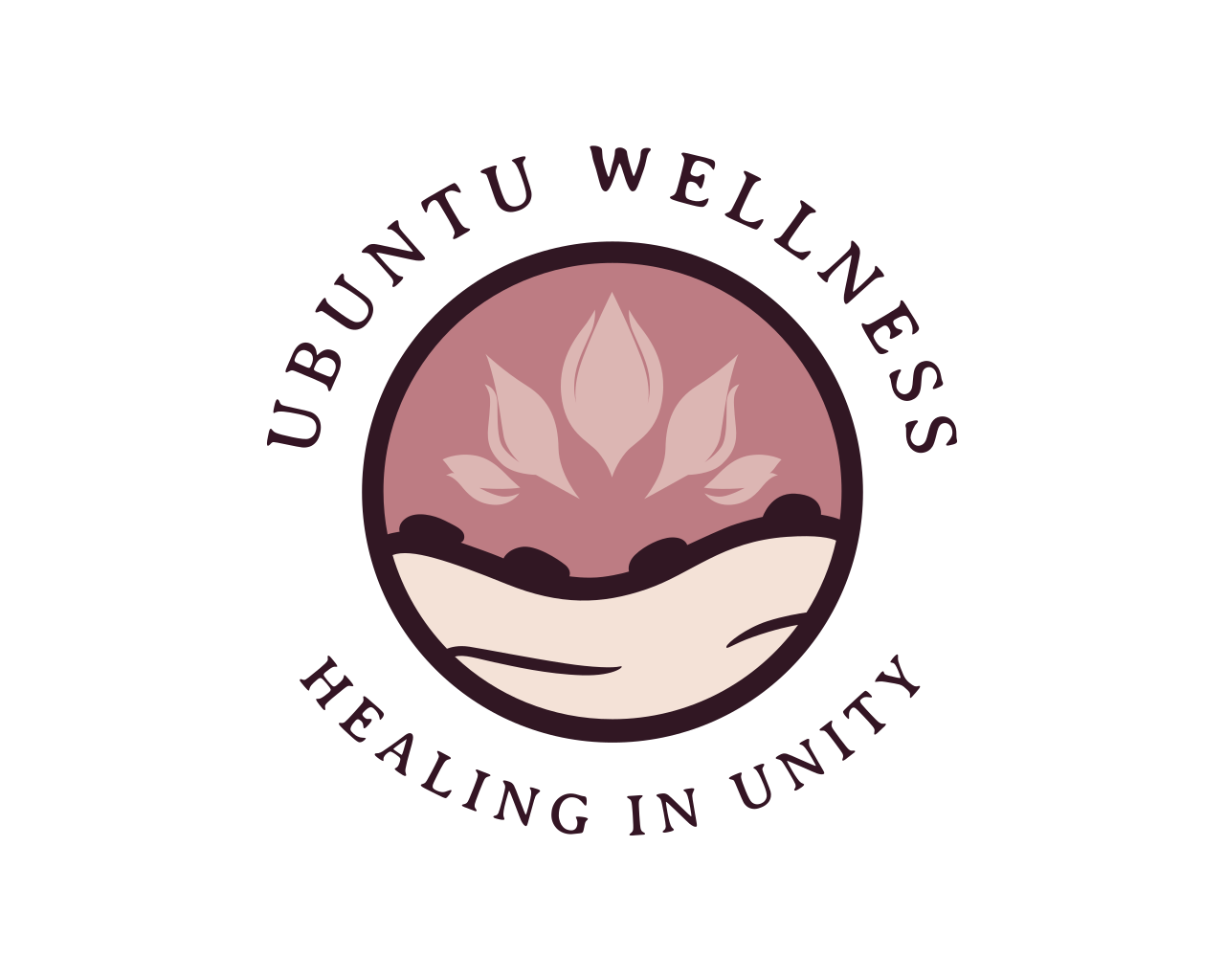The Beginners Guide to Meditation
A Beginner’s Guide to Meditation: Cultivating Calm, Confidence & Clarity
In the rush of everyday life, it’s easy to feel overwhelmed, disconnected, or caught in a swirl of emotions. Meditation offers a gentle way back to yourself. You don’t need to be an expert or sit perfectly still for hours—just a few intentional minutes each day can help quiet the noise and bring your nervous system back to center.
This beginner’s guide is here to help you get started with meditation in a way that’s simple, supportive, and rooted in healing. Whether you're working through anxiety, low mood, or self-doubt, this practice can be a lifeline—and it's yours to claim.
🌿 What Is Meditation, Really?
Meditation is the act of slowing down enough to notice. Notice your breath. Notice your body. Notice the thoughts without judging them or clinging to them. At its heart, meditation is a practice in presence—and with presence comes peace.
Many people assume you have to clear your mind completely. Not true. The magic lies in noticing when your mind wanders, and gently guiding it back. That is the practice.
✨ How to Get Started
You don’t need a fancy cushion or hours of spare time. Here’s a simple way to begin:
1. Find a quiet, comfortable space.
Sit or lie down in a way that supports your body.
2. Choose a short time frame.
Start with 5–10 minutes. Even two minutes is enough to begin.
3. Breathe gently.
Inhale through your nose, exhale through your mouth. Let your breath anchor you.
4. Gently return.
When your mind drifts (and it will), bring your attention back to your breath or the sound of a guiding voice.
5. Be kind.
There’s no right or wrong way to meditate. Just your way.
🎧 Guided Meditations by Diverse Female Voices
Representation matters—especially in healing spaces. Here are some beginner-friendly meditations led by diverse women, with calming voices and messages tailored to anxiety, depression, and building self-worth:
🌬️ For Anxiety & Overwhelm
10-Minute Meditation for Anxiety and Stress
A calm, grounding practice to reset your breath and body.Deep Anxiety Release – 30 Min Guided Meditation
Perfect for winding down after a long day.
🌧️ For Depression & Emotional Fatigue
Overcome Depression with Meditation | Female Voice Hypnosis
A soothing voice that meets you with compassion and helps shift low energy.Relieve Depression – Guided Healing Meditation
Soft and supportive guidance to restore emotional balance.
💖 For Self-Esteem & Self-Love
Positive Self-Esteem Meditation | Female Voice
A beautiful, affirming reminder of your worth.YOU ARE LOVED | Self-Care Meditation
Gentle affirmations for inner kindness and confidence.
🧘🏽♀️ Therapist Tip: Meditation Is a Practice, Not a Performance
You’re not doing it wrong if your mind wanders. That is the work. Every time you gently return to your breath or your body, you’re building emotional muscles that support you outside of meditation too—like during conflict, overwhelm, or moments of insecurity.
If you’ve experienced trauma or chronic stress, meditation may bring up discomfort at first—and that’s okay. Your nervous system may be learning how to feel safe in stillness. A few trauma-informed adaptations can make the practice more accessible:
If you’ve experienced trauma or chronic stress, meditation may bring up discomfort at first—and that’s okay. Your nervous system may be learning how to feel safe in stillness. A few trauma-informed adaptations can make the practice more accessible:
Hold an object (like a smooth stone, piece of fabric, or grounding crystal) to help anchor your attention.
Keep your eyes open or softly focused on a fixed point in front of you, rather than closing them fully.
Limit silence by using a guided meditation with a steady, calming voice to help orient you in the present.
There is no single "right" way to meditate. The best practice is the one that meets you where you are.
🌞 Final Thought
Meditation is not about escaping your life—it’s about returning to it with a steadier heart. Each breath is a chance to begin again. Let your practice be soft, forgiving, and yours alone.

